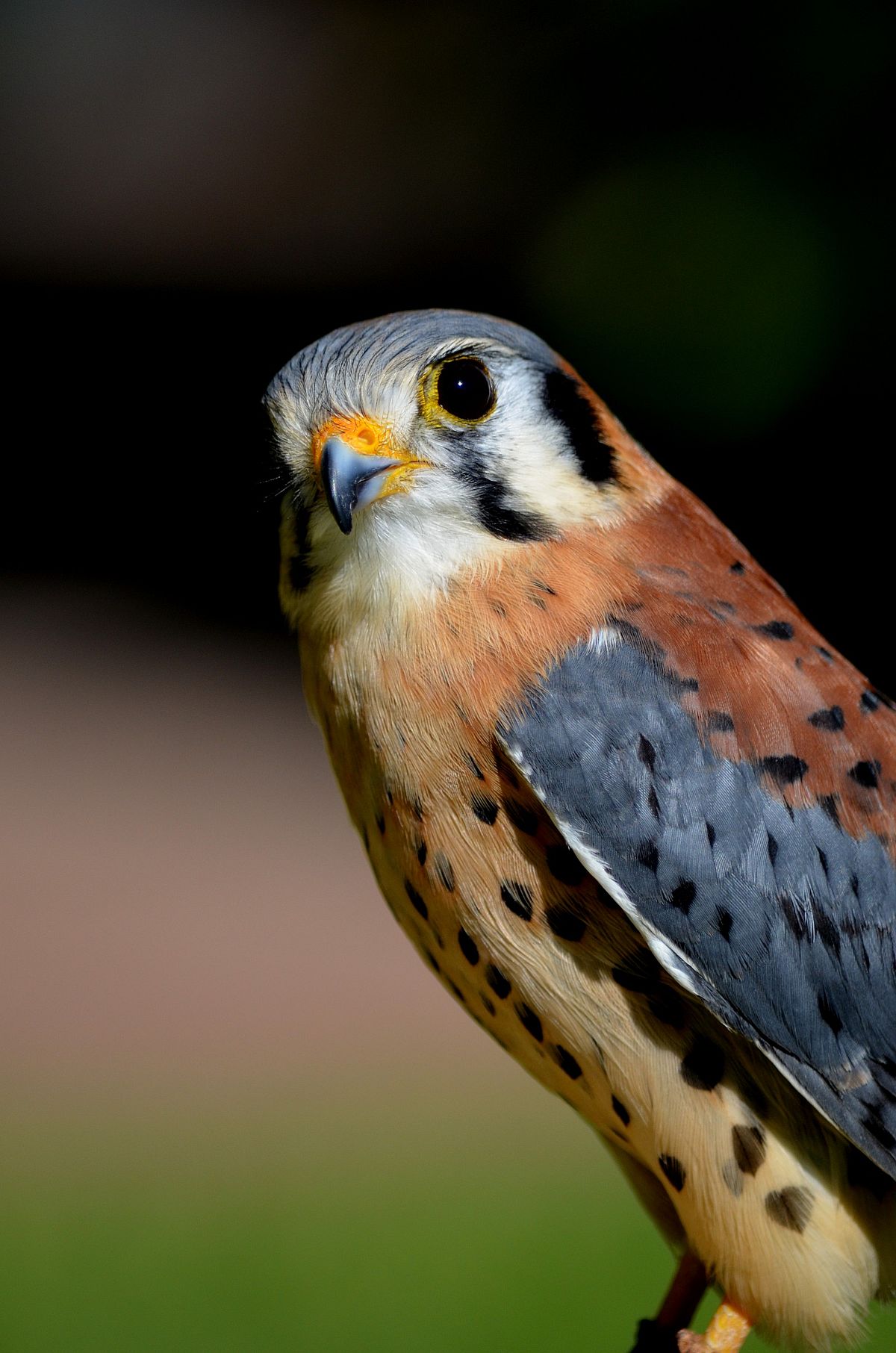
Museum Minute: The American Kestrel
The Draper Museum Raptor Experience will be 10 years old in 2021. In honor, we are featuring the 11 raptors in the program.
Salem is an American Kestrel, which is a falcon species. It’s the smallest Falcon species in North America. At one point it was one of the most common raptors across north Central and South America. But their numbers are actually in decline across most of North America. Scientists are researching the decline in an effort to figure out why.
Mellissa Hill, the live raptor program manager, said most people don’t think such small birds can be a predator.
“I love to say that they are ferocious killing machines, because you’ve got that same streamlined body of, say, a peregrine falcon,” said Hill. “But instead of having the speed, American Kestrels are known for hovering, and so they love to be in open Meadows fields and agricultural areas.”
Hill said Salem on average weighs about 115 grams, which is a little more than a roll of pennies. The Kestrels eat grasshoppers and mice. They also go after small mammals like voles and sometimes birds. Hill said they hunt differently than most other birds.
“They get up in the air, anywhere from 15 to 30 feet off the ground, and they just flap their wings really fast and they stay in one spot. And a lot of raptors will hover, but they’ll just hold their wings out and they balance on their wings as the wind blows,” said Hill. “But Kestrels just sit there and they are flapping, flapping, flapping. So it’s almost like a helicopter, and they watch the ground below. And then when they see movement, they just bring those wings in and they turn to dive, and they pounce on their prey down below.
Another unique thing about these small raptors is that they see into the ultraviolet range of light.
“They can look at a field or a meadow, and they’ll know if it has a lot of rodent activity,” said Hill. “Because as rodents are running around in their fields, they go to the bathroom and the urine and the feces will reflect ultraviolet light.”
This makes it easier for the bird to spot its prey.
Salem is with the Draper Museum Raptor Experience because he has damage to his right eye. Hill said he was hit by a car most likely while hunting.
“When you’re little and lots of other animals want to eat you, not being able to see things coming from the side and not having depth perception really makes it hard to be able to survive,” she said.
Museum Minute was a series co-produced with Wyoming Public Media (WPM).
Written By
Kamila Kudelska
Kamila Kudelska was the multimedia journalist for the Center and for Wyoming Public Media. In that role she told the hidden stories of all five museums and reported on the news of northwest Wyoming. Kamila has worked as a public radio reporter in California, Poland and New York. She enjoys skiing (both downhill and crosscountry) and loves to read. Since has since taken on a larger role with Wyoming Pubic Media.










